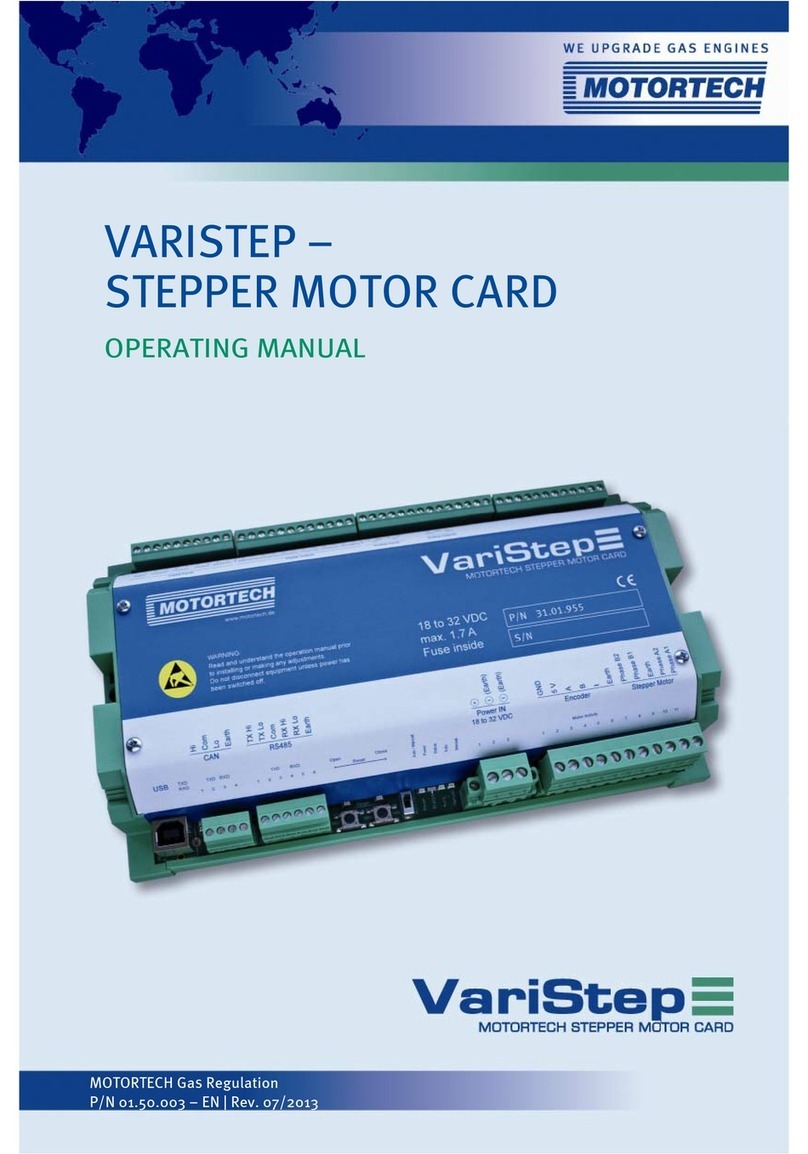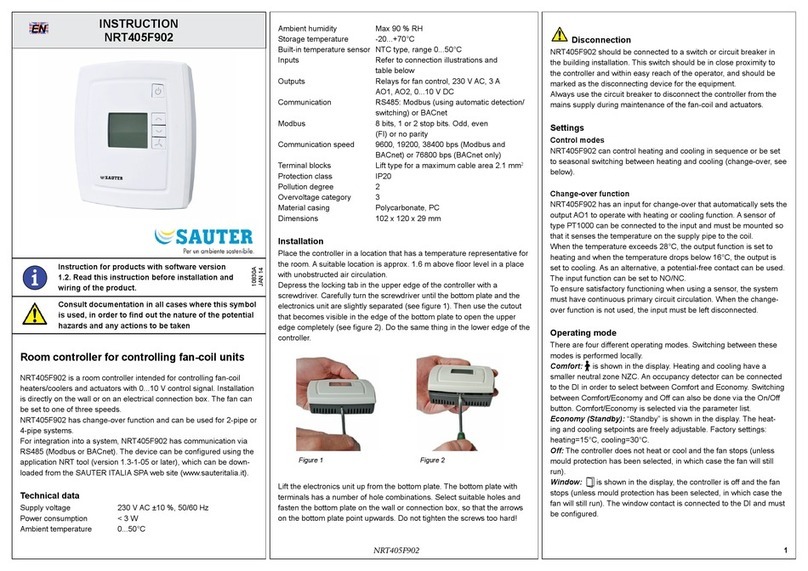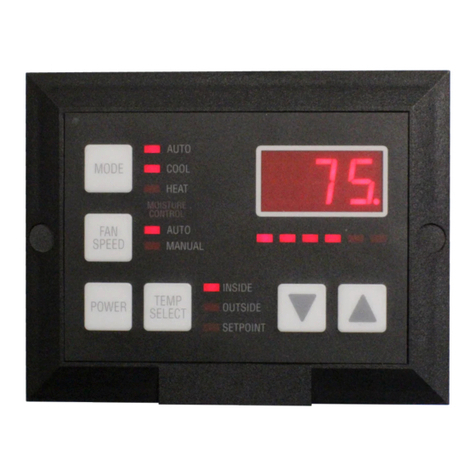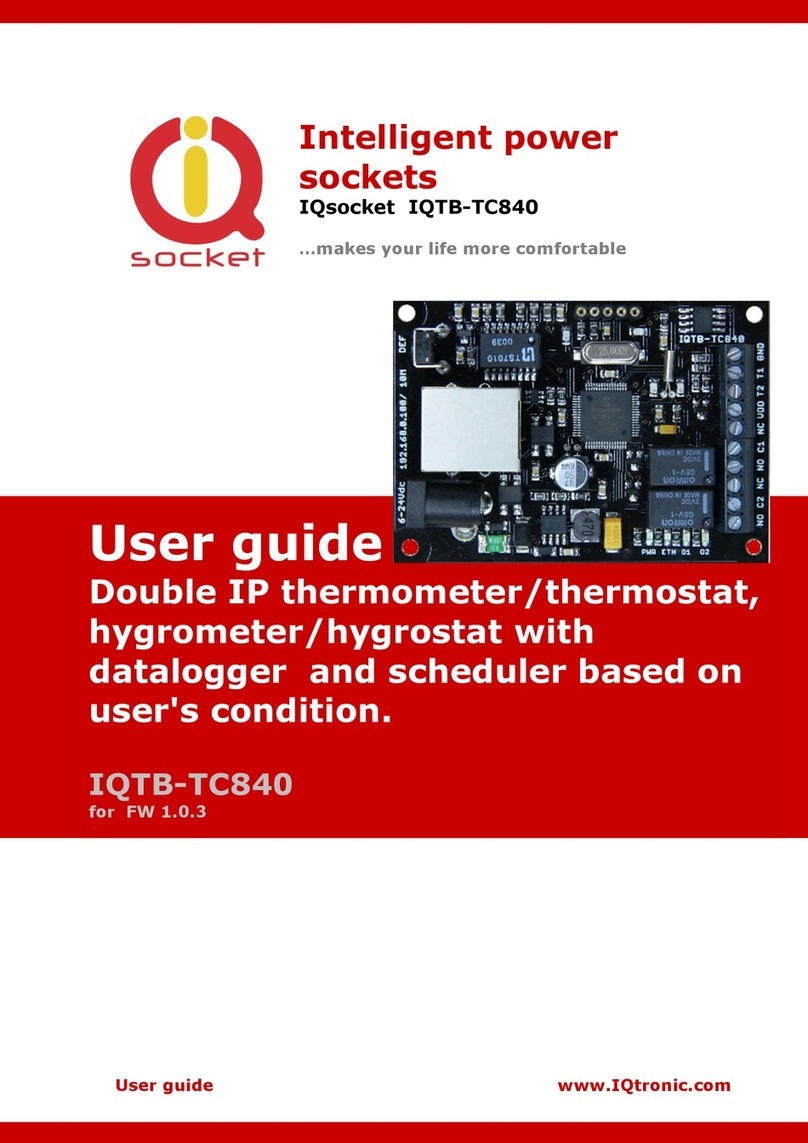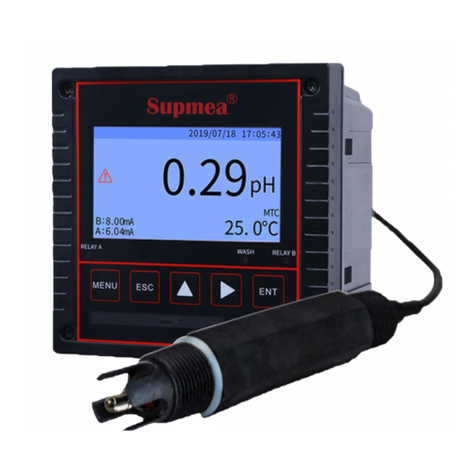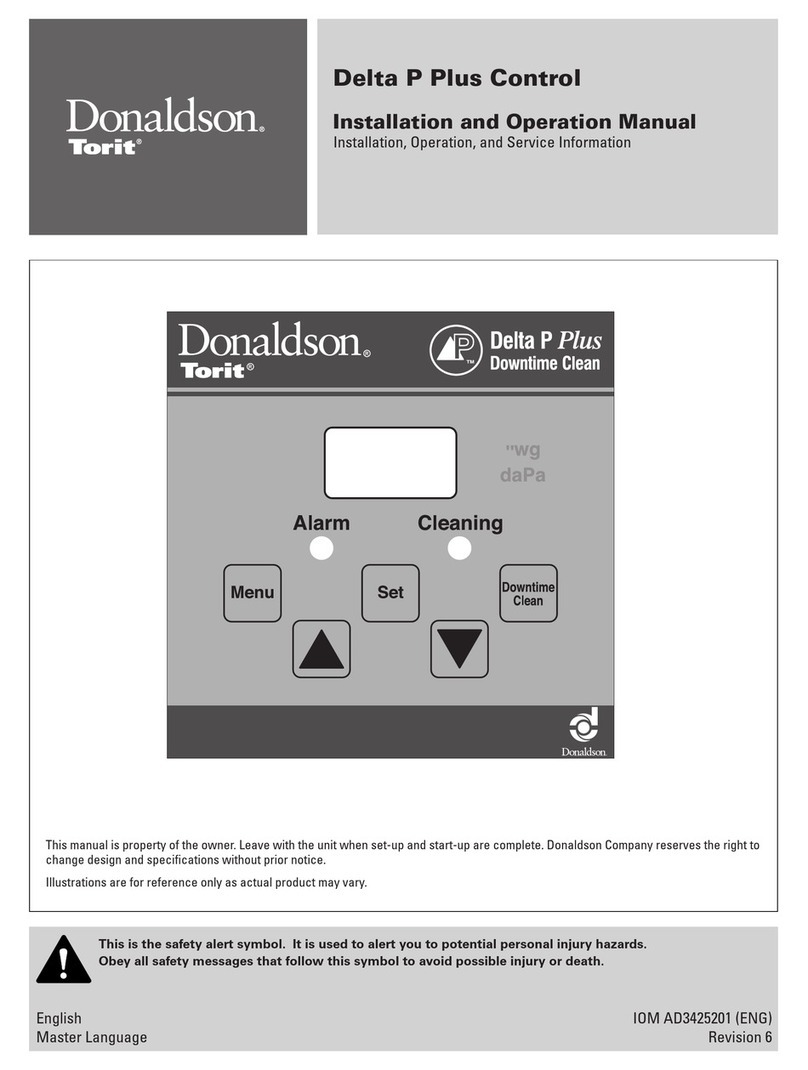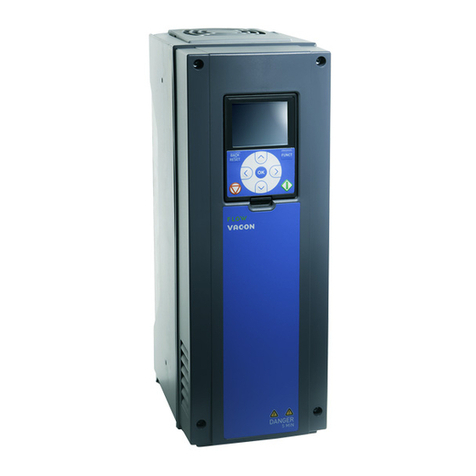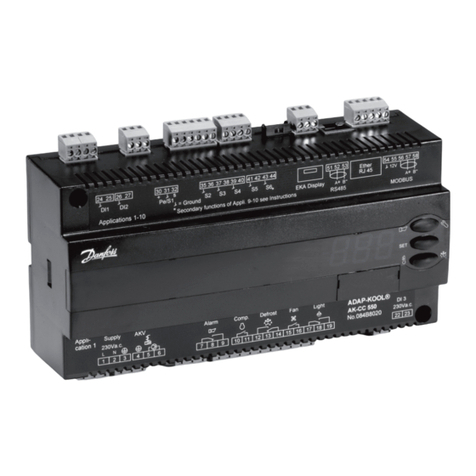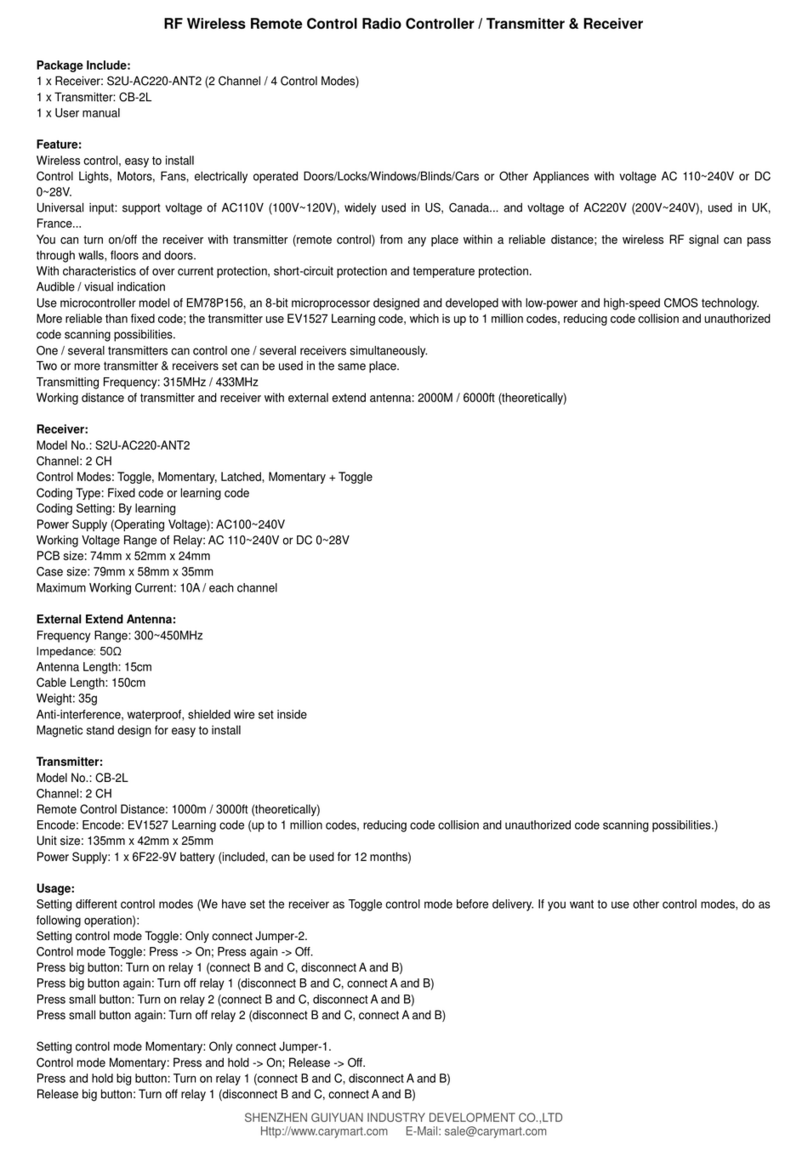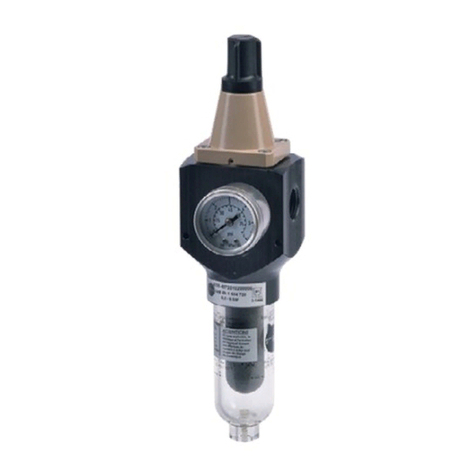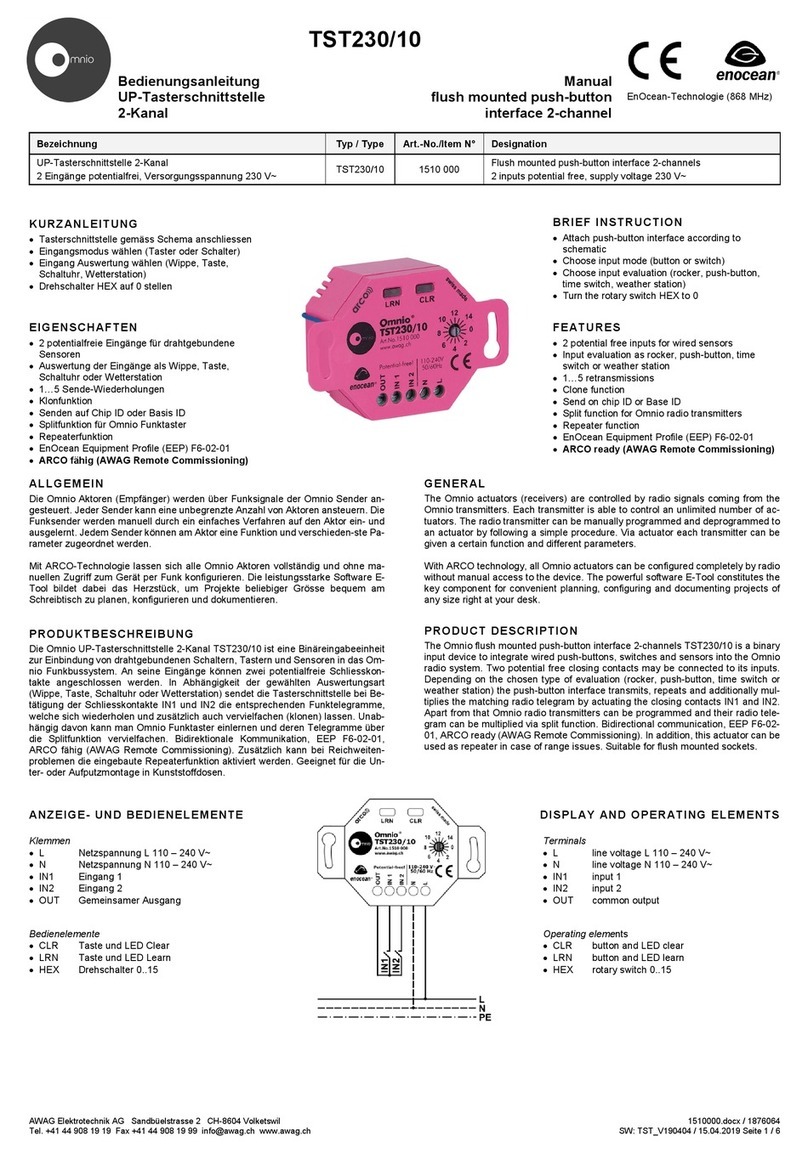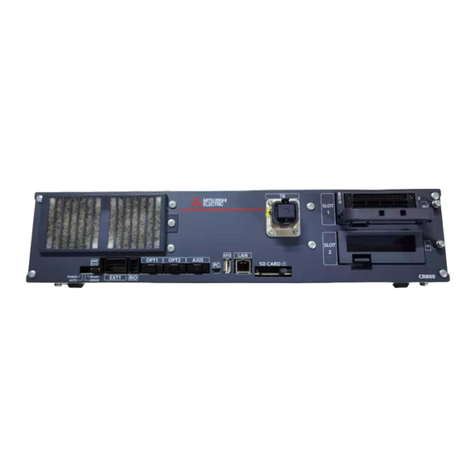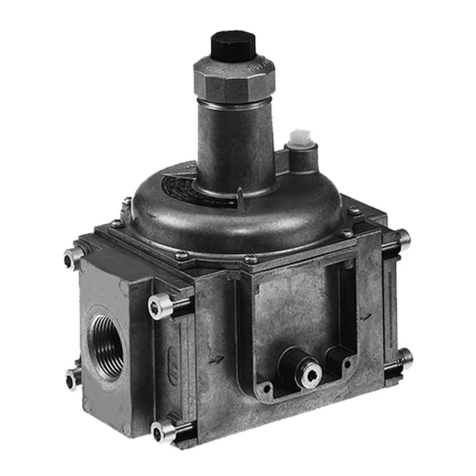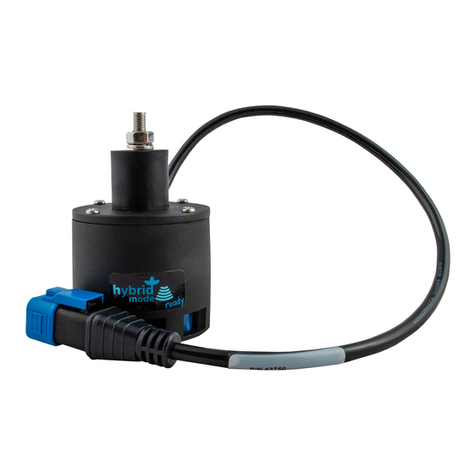Made mPAD User manual

FQ 47B
V 1.1 –30.03.2018
M A D E
S.A. au capital de 270 130 €
167, Impasse de la garrigue
F 83210 LA FARLEDE
Tél. : +33 (0) 494 083 198 - Fax : +33 (0) 494 082 879
E-mail : contact@made-sa.com - Web : www.made-sa.com
PHASE AND FEEDER ON LINE
CONTROLLER
mPAD
GU_mPAD_V_1_61_EN.docx
USER GUIDE
CAUTION: Read this manual before using the device

2 / 29
REVISION HISTORY
Rév.
Modifications
Date & author
1.61
Translation from French
version
P. PICON
This manual is important for your safety. Read it carefully in its
entirety before using the device, and keep it for future reference.

3 / 29
SUMMARY
1. SAFETY INFORMATION...............................................................................5
1.1. Safety recommendations...........................................................5
1.2. Following the safety recommendations ...................................5
1.3. Warning labels............................................................................6
2. OVERVIEW....................................................................................................7
2.1. Operating principle ....................................................................8
2.2. Components .............................................................................10
2.3. Brief description of setting up the system.............................10
3. TRANSMITTER ...........................................................................................11
3.1. Overview ...................................................................................11
3.2. Description ...............................................................................12
3.3. Voltage Connection..................................................................12
3.4. Connection of the current measurement Rogowski coils.....16
3.5. Turn-On.....................................................................................18
3.6. Uninstalling the transmitter.....................................................18
3.7. System Test Mode....................................................................19
4. RECEIVER...................................................................................................20
4.1. Overview ...................................................................................20
4.2. Connection ...............................................................................20
4.3. Operation..................................................................................22
5. ADVICE FOR USE IN DISTURBED ENVIRONMENT..................................22
5.1. If only the phase is identified ..................................................23
5.2. The receiver receives nothing.................................................23

4 / 29
6. FAULT CASES............................................................................................24
6.1. Transmitter in normal mode....................................................24
6.2. Transmitter in test mode..........................................................24
7. TECHNICAL CHARACTERISTICS..............................................................25
7.1. System ......................................................................................25
7.2. Transmitter ...............................................................................25
7.3. Receiver....................................................................................25
8. MAINTENANCE...........................................................................................25
9. RECYCLING................................................................................................26
10. GUARANTEE ..............................................................................................26
10.1. Limitations................................................................................26
10.2. Claims limitations.....................................................................27
11. COPYRIGHT................................................................................................27
12. ANNEXE......................................................................................................28
12.1. Declaration of conformity CE ..................................................28

SAFETY INFORMATION
5 / 29
This document is the mPAD User's Guide. It describes the
implementation of the device, as well as the different modes of
operation to facilitate its use.
1.SAFETY INFORMATION
1.1.Safety recommendations
Please read this guide carefully before unpacking, configuring or using
this equipment. Note all indications of danger and other warnings.
Failing to observe these recommendations could result in serious
injury to the operator or could damage the equipment. To ensure that
the protection provided by this equipment is appropriate, do not use or
install it other than in accordance with the conditions indicated in this
manual.
Dismantling the cases is forbidden. This operation is limited exclusively
to personnel qualified by MADE.
1.2.Following the safety recommendations
DANGER: Indicates a dangerous or potentially dangerous situation
which, if not avoided, could cause serious or deadly injuries.
WARNING: Indicates a potentially dangerous situation which could
cause superficial to moderate injuries.
Remark: Information requiring particular attention.

SAFETY INFORMATION
6 / 29
1.3.Warning labels
Read all labels and wordings shown on the instrument. Injuries or
equipment damage could occur if these instructions are
Symbol requiring reference to the
instruction manual for
instructions concerning operation
or safety recommendations.
Dangerous Voltage
Ac current
Do not throw away with
household waste

OVERVIEW
7 / 29
2.OVERVIEW
Figure 1 VIEW of the M.PAD system
mPAD is developed, designed manufactured by the MADE S.A.
company
Its main functions are:
The identification of the phase and feeder at any point in the
LV network, live and under load, downstream of a distribution
Substation.

OVERVIEW
8 / 29
The verification of the complete electrical network layout
supplied by a distribution substation live and under load.
The complete system is housed in a robust transport case.
MPAD consists of a transmitter, left in place once turned on, and a
receiver which is connected to the network at the points at which the
phase and feeder are to be identified.
2.1.Operating principle
The receiver forms a very specific load which draws a current, which in
turn is detected by the transmitter. The transmitter responds by
transmitting over the network the numbers of the feeder and phase to
which the receiver is connected. Each component has two very
specific and complementary functions which it is useful to understand
so as to follow the system’s operation:
The transmitter detects a current (from the receiver) and
transmits to the receiver a signal coded with the information on
the phase and feeder.
The receiver generates a current (detected by the transmitter),
and subsequently decodes the signal transmitted by the
transmitter so as to display the information to the operator.

OVERVIEW
9 / 29
Figure 2 Transmitter connections

OVERVIEW
10 / 29
2.2.Components
2.3.Brief description of setting up the system
The conditions for access and connection are governed by the rules established by the
Network Operator.
2.3.1.Placing the transmitter
Connect the neutral and the three phases to one of the feeders
from the distribution substation.
Close one of the MadeFlex Rogowski coils around all three phases
of each feeder, taking care NOT to include the NEUTRAL, and
ensuring that all the coils are in the same directional sense. For this
Receiver
Croc clips
Connecting
cables for the
test mode
Transmitter

TRANSMITTER
11 / 29
it is only necessary that the directional marks on the underside are
all facing the transformer.
Turn on the transmitter and check that there are no error messages
on the display.
Take the receiver to the various points on the network requiring
identification to carry this out.
It is possible to run a complete test of the system as described
below in order to confirm the correct functionality of the system.
2.3.2.Using the receiver
The receiver is connected between phase and neutral, with either
with the probes or the croc clips ; the connection sense is
unimportant.
Once connected, the connection must be maintained until reception
of the information transmitted by the transmitter.
The receiver is supplied directly from the network, and holds the
information display for several seconds after deconnection.
Neverthless, the last information displayed can be re-called by
pressing the let-hand button on the front face.
3.TRANSMITTER
3.1.Overview
Voltage
connection
Display
Fuses
Test button
ON/OFF
Current
measurement
coils

TRANSMITTER
12 / 29
3.2.Description
The mPAD transmitter has :
A voltage connector (center right)
Four fuse holders, one to protect each phase and one for the
neutral (lower right)
Three connectors for the current measurement coils (upper right)
A display and two fault LEDs (center)
A button to activate the TEST mode (left center)
An ON/OFF switch (lower left)
3.3.Voltage Connection
mPAD Functions equally well on 110 or 230V networks.
The transmitter is supplied by the green (L1) and yellow (L2)
conductors. All the conductors are used for signal transmission to the
receiver, the blue conductor (neutral) serving as a reference.
Connect each of the conductors in the cable to the corresponding
phase as in §2.3:
1. Blue to neutral
2. Green to L1
3. Yellow to L2
4. Red to L3
This association must be complied with since the phase identification
is made relative to these connections of the network to the transmitter.
Thus the network phase connected to the green connector is shown as
L1 on the receiver even this is the phase three in the substation.
Additionally, this association is also important for the correct operation
of the « network rotation », as the permutation of two phases will
change the sense of rotation seen by the transmitter.
Each conductor is protected by a fuse in the connecting plug, which, in
case of doubt, should be tested and if necessary replaced.

TRANSMITTER
13 / 29
3.3.1.Connection in a TIPI type substation:
Figure 3 TIPI Substation
Figure 4 Voltage conection via Ø4mm plugs from the TIPI voltage
outputs

TRANSMITTER
14 / 29
Figure 5 Installation of current coils around each TIPI feeder
3.3.2.Connection in a TUR type substation
.
Figure 6 TUR

TRANSMITTER
15 / 29
Figure 7 Voltage connections by croc clips on a feeder in a TUR type
substation
Figure 8 Connection to LV terminals on a distribution transformer
Figure 9 Installation of current coils on each feedr in a TUR type
substation
The uninstalled coil is kept closed without a cable so as to keep the
correct number sequence

TRANSMITTER
16 / 29
3.3.3.Connection in a T4 type substation:
Figure 10 T4
3.4.Connection of the current measurement Rogowski
coils
The mPAD is equipped with 4 to 12 flexible (Rogowski) coils for
current measurement depending on the chosen option.
These coils are grouped in fours in a robust cable sheath fixed to the
transmitter. Each corresponds to groups 1-4, 5-8, and 9-12.
Each of these coils is numbered from 1 to 12. This number is that
which is transmitted to the receiver. In fact, as soon as the presence of
the receiver is detected, and since this is detected on only one feeder,
the coil around it determines the number which will be transmitted.
Thus, as for the phases, the association feeder/coil is important. If the
identification of the feeders from the substation are numbered between
1 and 12, then the association is natural, but if they have letters
(A,B,C,…) then A->1,B->2,C->3, … also seems natural, in other cases,
this remains to be decided. The chosen convention should
nevertheless make it easy to deduce which physical feeder from the
substation corresponds to the number displayed by the receiver.

TRANSMITTER
17 / 29
The coils must definitely be closed around the three phases and NOT
the neutral,see the drawing below. In addition, they must all be in
the same sense. To be sure of this the marking on each coil should
be oriented towards the transformer (the opposite, all towards the
load is also useable, but for reasons of simplicity and to have a simple
rule for setting up, the first is preferable ; in general the marking is
visible from above). This point is essential for the correct operation of
the system.
If the substation has less feeders than there are coils, the
remaining coils must remain closed around nothing.
If the substation has more feeders than there are coils, the clients
supplied from the un-instrumented feeders cannot be identified.
Figure 11 Connection principle of the measurement coils

TRANSMITTER
18 / 29
3.5.Turn-On
Once the connections described in §3.2 and §3.3 above have been
made, it suffices to press the “I” on the power switch. The cooling fan
starts, the fault LED µP extinguishes, and the display gives some
indications:
The name of the device (mPAD)
The address of the company site
Then:
The software version
Further:
The network frequency and the rotation sense <-ABC-> or
<!ACB!>
A situation line with a field for the feeder number, the phase
number, and a timer showing the time since the last
displayed result.
This situation line enables the operator to see on the transmitter which
is the last network point identified.
The feeder numbers are D1 to D12, « D-- », or « D?? ». « D-- »
signifies that no feeder is identified whereas « D?? » signifies an
ambiguity. This implies that the signal generated by the receiver has
been detected on more than one feeder.
The phase numbers are L1, L2, L3, « L-- ». « L-- » when no feeder is
identified.
The Number of the phase displayed on the transmitter is only
valid when the rotation is <-ABC->, whereas this number is valid
on the receiver for both <-ABC-> and <!ACB!> rotation.
3.6.Uninstalling the transmitter
Move the power switch to « O ».
Disconnect all the voltage connection cables.
Remove all the Rogowski coils.
Replace the components and cables in their emplacements
in the case.

TRANSMITTER
19 / 29
3.7.System Test Mode
mPAD employs a significant number of Rogowski current
measurement coils. Although the connections have been chosen with
care for reliability and robustness, a bad contact could develop. To
ensure that the system is functioning correctly, a test mode, easy to
use, is available.
3.7.1.Connection in test mode
Using the adapter shown left, connect the transmitter by its green and
yellow plugs (the other red and blue plugs are not used) to those of the
adapter green and yellow ring-marked TX.
Connect the receiver terminals to the
two red plugs ring-marked RX (the
sense is unimportant).
Encircle with each coil one and one
only of the receiver cables (the sense
is unimportant in this mode). This
roughly reproduces the normal
operation of the system ; the liaison
of the receiver to the mains by the
adapter replaces the cable from the
substation.
Connect the adapter to the mains.
Hold down the button TEST –above
the power switch.
Move the ON/OFF switch to “I”,
holding the test button down until the
display shows « Testing ».
A complete test of all the groups of 4
coils connected and the receiver is
carried out.
One group is detected if its identifier (1-4, 5-8 or 9-12) is shown in
the first line of the display next to « GRP : ». For example, the
following line « GRP :1-4 9-12 » indicates that only the groups1-4

RECEIVER
20 / 29
and 9-12 are connected, or that the group 5-8, if it is connected, is
not detected, and thus there is a failure.
On the second line is shown next to « DEF : », the list of the faulty
coils.
If no fault is shown after this test, the system is in good operational
state and ready for normal use.
Conversely, if any anomalies are shown, refer to the paragraph
concerning actions to be taken in case of a fault.
4.RECEIVER
4.1.Overview
4.2.Connection
The MPAD receiver is connected to the LV network using the cables
supplied with fused 4 mm. banana plugs IP2X CAT IV, on which are
fitted probe points or croc clips. It is important that, once the
connection is made, it is maintained without interruption until the full
data block is received from the transmitter (between 4 and 20s).
Particular care is needed when using the contact probes.
Voltage
connection
Dislay
Backlight button
Turn-on button
Table of contents
